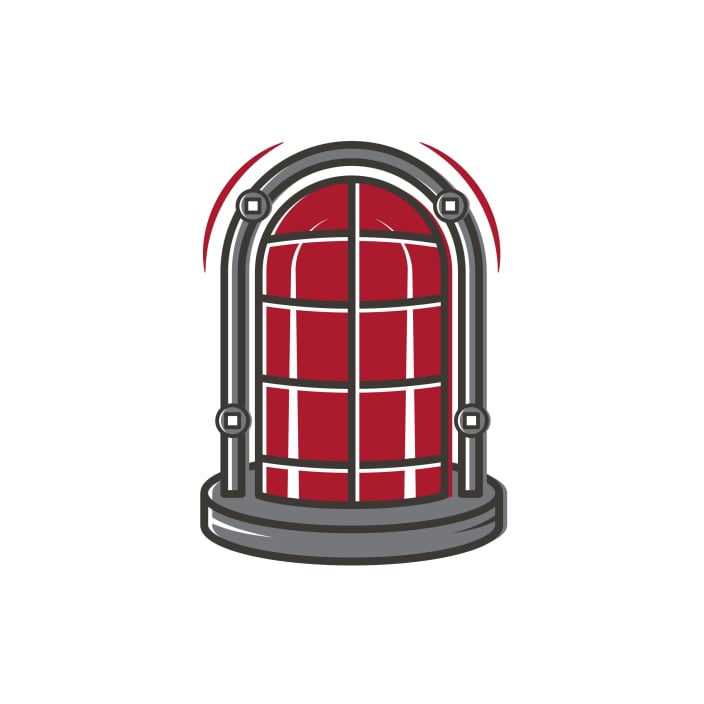

When an athlete suffers an injury, the road to recovery isn’t just about healing damaged tissues—it’s about retraining the brain and muscles to work together effectively. That’s where neuromuscular training comes in. Neuromuscular re-education is a key component of sports rehabilitation, designed to help athletes regain control of their muscles and improve coordination after injury. Let’s dive into how this innovative approach works and why it’s so essential for returning to peak performance.
What is Neuromuscular Training?
Neuromuscular training focuses on the interaction between the nervous system and the muscles. After an injury, especially one involving a joint, the muscles around that joint may become weak, imbalanced, or uncoordinated. The brain can also lose its ability to activate muscles properly or in the correct sequence. This can result in faulty movement patterns that increase the risk of further injury and hinder the healing process.
Neuromuscular re-education aims to correct these issues by retraining the brain to communicate with muscles more efficiently. The goal is to restore proper movement patterns, improve muscle strength, and enhance the body’s ability to move smoothly and safely during sports activities.
Why is Neuromuscular Training Important in Rehabilitation?
After an injury, muscles often compensate for weaknesses or instability, which can lead to improper biomechanics. For example, a knee injury might cause an athlete to alter their gait, shifting the load to other parts of the body. Over time, this can result in additional strain on the muscles and joints, potentially leading to new injuries or a longer recovery period.
Neuromuscular training uses a variety of exercises to re-educate the muscles, improve coordination, and restore optimal movement patterns. These exercises often include balance and stability drills, plyometrics, and dynamic movements that mimic the athlete’s sport-specific actions. By targeting the nervous system and improving the efficiency of muscle activation, neuromuscular training helps athletes recover fully and safely.
Examples of Neuromuscular Training Exercises
Proprioceptive Training: This involves exercises that improve balance and the body’s ability to sense its position in space. Stability balls, balance boards, and foam pads are commonly used to challenge an athlete’s balance and retrain their proprioception after an injury.
Plyometric Exercises: These high-intensity movements involve explosive, quick muscle contractions to increase muscle power, coordination, and responsiveness. Examples include jump squats, box jumps, or bounds. Plyometrics can help athletes regain speed and agility after injury.
Core Stabilization: Strengthening the core muscles is critical for improving overall stability and balance. Core exercises, such as planks, leg raises, and stability ball exercises, help activate and strengthen the deep stabilizing muscles around the torso and pelvis.
Functional Movement Drills: These are exercises designed to mimic the movements used in an athlete's specific sport. Whether it's cutting, sprinting, or jumping, functional movements help athletes regain the ability to perform the precise actions needed in their sport.
How Neuromuscular Training Helps Athletes Return to Play
The beauty of neuromuscular re-education is that it addresses the root cause of many movement dysfunctions. By improving muscle coordination, stability, and strength, athletes are able to move more efficiently and with less risk of re-injury. For example, if an athlete experiences an ACL injury, neuromuscular training helps retrain the muscles around the knee to provide better stability and coordination, reducing the likelihood of further knee injuries.
Moreover, neuromuscular training helps restore confidence in the injured area. Athletes often fear re-injury, which can lead to hesitation and altered movements. As neuromuscular re-education progresses, athletes regain trust in their body’s ability to perform the necessary movements, improving both their physical capabilities and their mental readiness.
Incorporating Neuromuscular Training into Sports Rehabilitation
Neuromuscular training is often integrated into a comprehensive sports rehabilitation program that includes strengthening exercises, manual therapy, and mobility work. A physical therapist will customize the program based on the athlete's specific needs, sport, and the nature of the injury. The goal is to ensure that the athlete not only recovers from the injury but also improves their overall functional performance, helping them return to their sport stronger and more resilient than before.
Whether recovering from an injury or seeking to improve performance, neuromuscular training is a powerful tool in the rehabilitation process. It allows athletes to regain control of their movements, reduce the risk of future injuries, and ultimately return to their sport with confidence.
HTML Builder